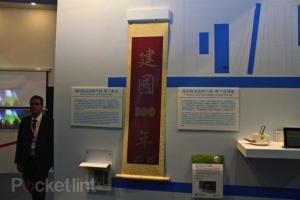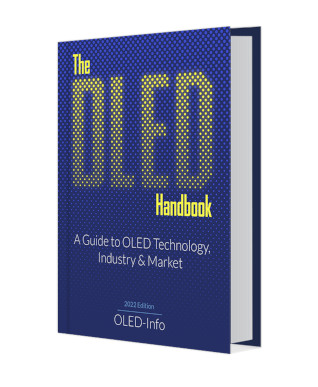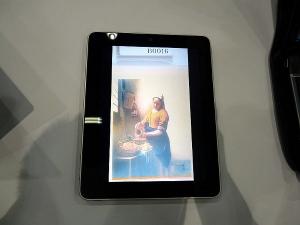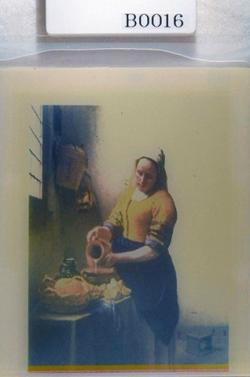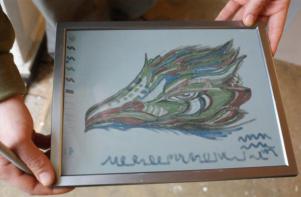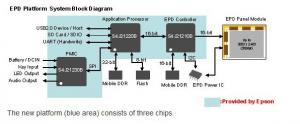A Chinese-Finnish project will bring low-cost solar-powered e-paper devices to rural China
A new Chinese-Finnish joint project aims to bring low cost e-paper devices and broadcast technologies to remote population and disaster struck areas. The plan is to create a low-cost, energy efficient (enough to run from solar power) e-paper device. This device will only receive information, and not transmit any.
The information will be broadcast via a digital television signal, and will bring news, education material and official government bulletins.


